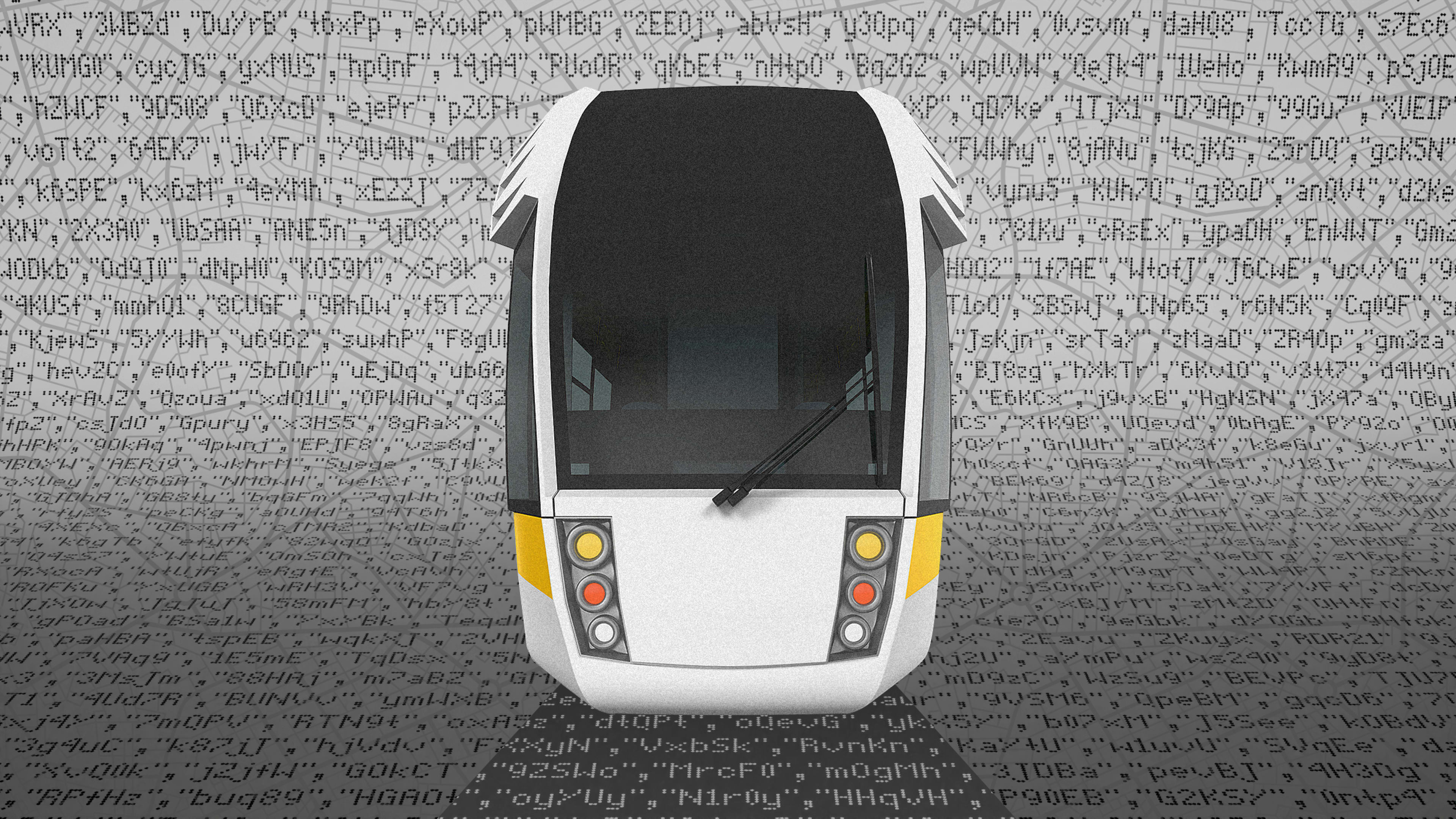Investors, government regulators, and companies around the world are focused on sustainability in an effort to reduce carbon emissions and limit global warming—and a big part of that work will focus on transportation. The U.S. Infrastructure Investment and Jobs Act will make a lasting impact on this front, with billions of dollars allocated to purchase electric school buses, build EV charging stations, and make other innovative transportation investments. Making a difference doesn’t have to mean waiting for these programs to get up to speed. Companies can take steps today to make daily operations more efficient and build the foundation for significant reductions in emissions and costs over time.
One of the biggest contributors to greenhouse gas emissions comes from the trucks, trains, and ships used to transport goods and services around the country. The industrial and transportation sectors account for roughly 71% of energy consumption in the U.S., and the transportation sector alone produces 29% of greenhouse gas emissions—the largest share of any economic sector.
Reducing emissions has become a global priority, and transportation and operations leaders feel the magnitude of their obligation. The company I work for, Samsara, partnered with research firm Wakefield and found that 78% of these leaders agree they have a greater responsibility to prioritize sustainability efforts than other industries. So, what’s next?
You can’t improve what you can’t measure
Unlike other sectors, the industrial and transportation sectors are still in the early stages of their digital transformation. That’s beginning to change, however, as the proliferation of Internet of Things (IoT) connectivity, cloud computing, and AI is making it possible for them to see where they need to make changes in their daily operations.
Data from sensors and cameras will help leaders find ways to save money, such as by tracking how much fuel is wasted with vehicles idling, looking at more efficient routes, and coaching drivers on fuel-saving driving activities. Better data also helps measure the magnitude of these improvements, so leaders can double down on what’s working, and focus efforts in the right place. These insights also support government mandates to reduce emissions, and provide downstream customers with the information needed to track their own environmental impact.
Dohrn Transfer Company, a carrier that operates across 14 states, uses this type of data to improve operations. Just by keeping track of idling and fuel usage across its fleet, Dohrn saves 1,400 tons of CO2 annually. To put that in perspective, to sequester the amount of carbon this one company is saving, it would take two Central Parks’ worth of trees.
To reduce the environmental impact of operations and improve sustainability, the industry must adopt real-time insights. Today’s technology solutions make it possible to bypass piecemealing pen-and-paper logs to get a holistic view of a fleet. Once there’s a better understanding of the daily operations of the more than 8 million fleet cars and trucks in use across the U.S., it will also support the road to the electrification of commercial vehicles.
Shifting commercial vehicles to electric
Electrification of the transportation sector is gaining momentum as battery technology improves and vehicles like those from Ford and GM come to market. More than 6 million commercial electric vehicles are expected to be on the road globally by 2025. We’ve already seen the range for personal EVs jump from 60 to 70 miles on a charge to 200 to 300+ miles, and these improvements will lead to new opportunities for commercial vehicles.
Data can play a key role in helping leaders decide where to start their transition, and which vehicles and use cases are the best candidates for EVs today. By taking a data-focused approach to fleet management, leaders can pinpoint which vehicles to replace by looking at metrics like lifetime usage and average daily range. The City of Fort Lauderdale, Florida, is a good example of this in practice. With better data on their fleet, they uncovered that 46% of their fleet could transition to EVs. Improved insights also helped them lower fuel consumption, saving 28,000 gallons over 6 months.
Another company that transportation leaders can learn from is FedEx, which recently ramped up EV purchases in an effort to make every delivery vehicle across its fleet electric by 2040. Their newest vehicle can drive 250 miles on a charge, which covers their daily range for deliveries.
There’s another benefit to electrification—and that’s showing your employees that you care about protecting the environment. Right now, the driver and overall labor shortage is a top concern, and employees are not afraid to voice their opinions about how their company does business.
When a business does take the right steps to improve sustainability, employees take notice. Consider that 42% of transportation and operations leaders said that incorporating EVs into fleets can help employee retention. A survey of millennial workers finds that nearly 70% of respondents said that if a company had a strong sustainability plan, it would affect their decision to stay with that company long term.
Making progress in 2022
Transportation and industrial operations represent a significant opportunity to reduce the world’s environmental footprint, and small changes will make a difference. If we bring our energy consumption down even 2% in the U.S., we can change our trajectory—and more is better.
Change means gathering more data, using that information to make more efficient decisions, and publicly revealing progress. We can use a more intelligent approach to operations and save money now by reducing emissions while learning what we need, so we can transition certain fleets to EVs as soon as possible. Without better data, we won’t be able to measure and achieve the sustainability pledges leaders have committed to, and what the workforce is expecting from leadership this year.
Alexander Stevenson is VP, product management at Samsara.
Recognize your brand’s excellence by applying to this year’s Brands That Matter Awards before the early-rate deadline, May 3.
